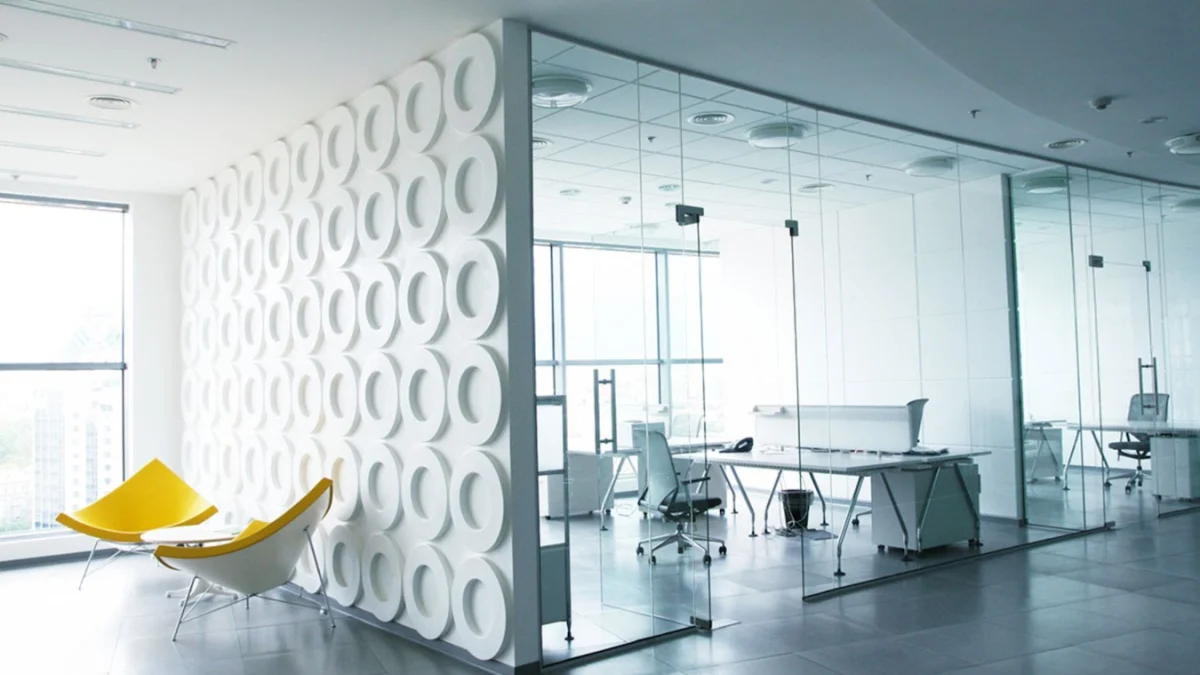The office environment has undergone a dramatic transformation in recent years. No longer just a place to clock in and out, the modern office is now a hub for collaboration, creativity, and wellness. Employers across industries are reimagining workspace design to attract top talent, foster innovation, and boost productivity. This shift has brought new trends and techniques to the forefront of office interior design, transforming how we think about professional spaces.
Today’s office interiors are not just about aesthetics—they’re strategic tools that influence company culture, employee engagement, and overall success. From open layouts and biophilic design to modular furniture and acoustic optimization, the future of work is being shaped one design element at a time.
The Evolution of Workspace Design
Traditional offices emphasized hierarchy—private rooms for executives, cubicles for employees, and little space for collaboration. However, this model has largely given way to more inclusive and flexible environments. Today’s offices prioritize openness, transparency, and fluidity, where spaces can be quickly adapted to different needs.
Hybrid work culture, fueled by the rise of remote work, has also driven this change. Offices are no longer the sole place to work—they are experience centers where in-person interaction is intentional and valuable. As a result, companies are redesigning spaces to encourage teamwork, brainstorming, and social connection.
Key Trends Shaping Modern Offices
- Flexible Layouts
Agility is the foundation of contemporary workspace design. Movable furniture, retractable walls, and reconfigurable rooms allow businesses to adapt quickly to changing team dynamics or project requirements. Whether it’s a quiet pod for focused work or a large open area for brainstorming, flexible layouts cater to diverse working styles. - Biophilic Design
Bringing nature indoors has become a cornerstone of workplace wellness. Plants, natural materials, water features, and daylighting not only improve air quality but also reduce stress and increase productivity. Green walls, wood finishes, and large windows create a calming and energizing environment that helps employees thrive. - Wellness-Centric Spaces
Modern offices are being designed with physical and mental wellness in mind. Ergonomic seating, sit-stand desks, dedicated wellness rooms, and fitness areas are now commonplace. Acoustic design is another crucial element, minimizing noise distractions through materials that absorb sound and promote concentration. - Technology Integration
Smart technology plays a central role in today’s offices. Touchless entry, climate control apps, and intelligent lighting systems enhance comfort and convenience. Conference rooms equipped with video conferencing tools support hybrid collaboration, ensuring remote team members feel just as included as those on-site. - Sustainability and Efficiency
Energy-efficient lighting, recycled materials, and low-emission finishes are standard in environmentally responsible office interiors. Designers are also incorporating sustainability certifications like LEED or WELL Building Standard to showcase a company’s commitment to green practices.
Design That Reflects Company Culture
A well-designed office should embody a company’s brand and values. Color palettes, textures, and space planning all communicate something about how a company sees itself and its people. For example, a tech startup may embrace bold colors, creative lounges, and open desk plans, while a legal firm may prefer a more refined, professional aesthetic.
More than just branding, these design choices affect behavior. Comfortable communal areas invite spontaneous conversations. Quiet zones encourage deep work. Spaces that balance privacy and connection create harmony across departments and roles.
The Role of Architectural Experts
Creating office interiors that inspire requires a deep understanding of human behavior, spatial dynamics, and technical execution. Architecture firms with experience in commercial design play a pivotal role in achieving this balance.
One such expert is firme architecte Stendel + Reich, recognized for crafting office environments that blend style, functionality, and innovation. Their approach combines client-specific needs with contemporary design principles to create spaces where people genuinely want to work. Whether designing headquarters for global firms or co-working spaces for startups, Stendel + Reich brings a unique blend of technical precision and creative vision to every project.
Conclusion
Office interiors today are about more than just desks and décor—they’re about shaping experiences and enabling success. As work continues to evolve, so too will the spaces that support it. With the right design strategies and expert guidance, companies can build workplaces that don’t just function—they inspire.
Related posts
Categories
Recent Posts
Advertisment


